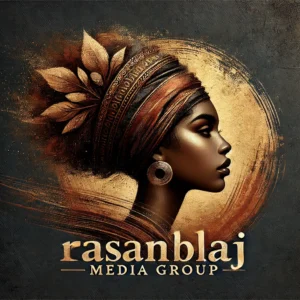Man and beast, fused and inseparable, shifting between flesh and fur, between reason and instinct. A form that unsettles, that refuses the taxonomies the colonizer brought in his ledger and ledgered in his mind. The European saw in it confusion, disorder, a thing neither here nor there. But for the people of these islands, of these shores where empire sought to plant its rigid definitions, it was something else.
In Haiti, there is Bizango, a spirit-warrior cloaked in secrecy, his presence marked by the jagged rhythm of the drum. In the Vodou temple, the lwa ride their horses—human bodies seized, overtaken, walking suddenly as something else, moving with the hunger of a panther, the weight of a bull, the swiftness of a bird. Damballa, the great serpent, coils himself around the edges of the seen and unseen, flickering between divine and earthly, his followers moving like snakes when he mounts them.
In Jamaica, in the depths of Jonkonnu, the dancers wear masks of horned beasts and feathered wings, their movements fluid, defiant. Their bodies are no longer wholly their own. They have become spirit, shadow, memory. In the Dominican Republic, in the streets of La Vega, Diablo Cojuelo leaps, half-man, half-demon, draped in colors that scream louder than the colonizer’s Bible ever could.
Across the Caribbean, across the spaces where empire broke bones and stole tongues, these figures remain. They are neither man nor beast, neither wholly god nor wholly mortal. They are the in-between. The doorway. The mirror that does not return an easy reflection. They are the ones that slip through empire’s grasp, the ones who remind us—we were never meant to be contained.
